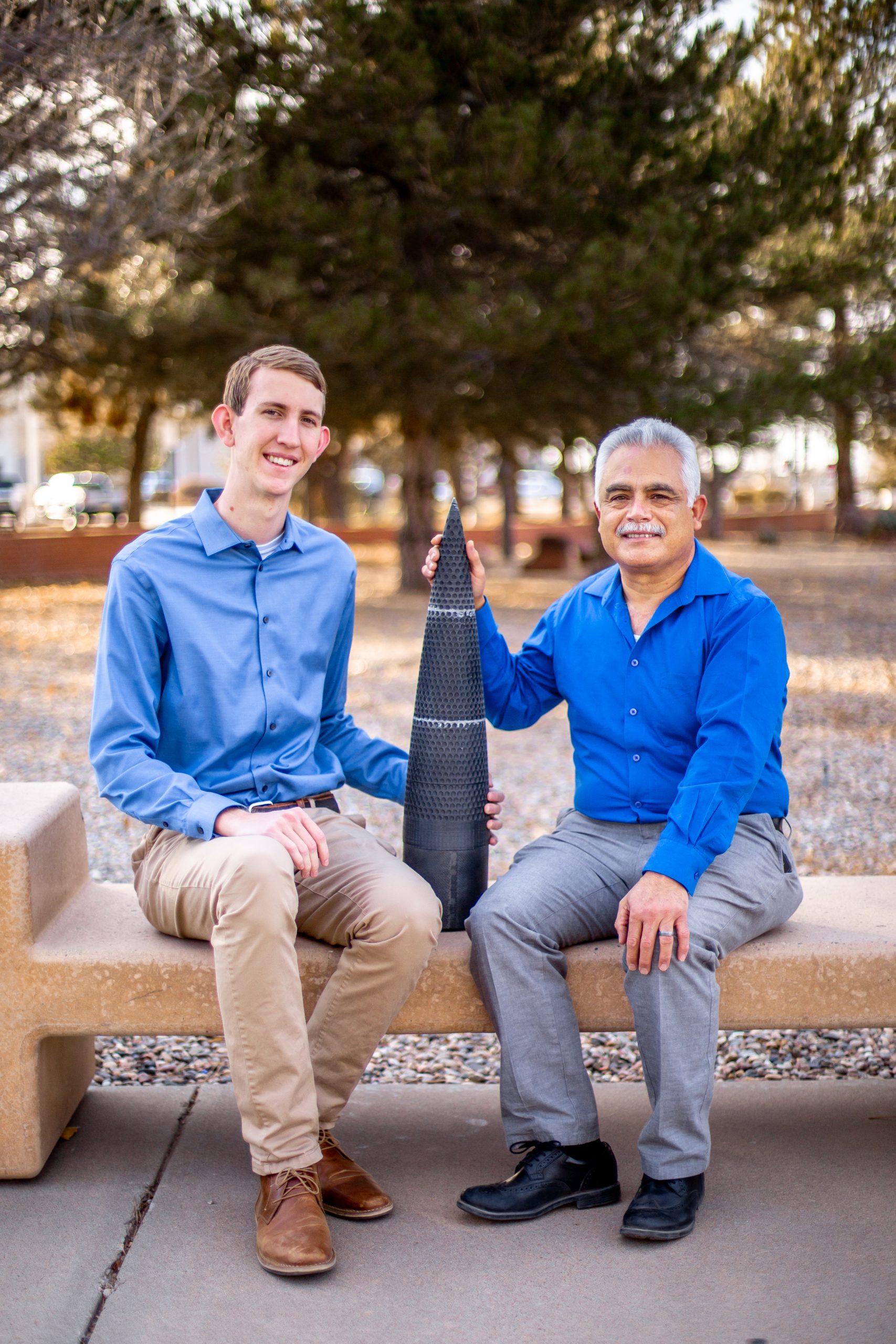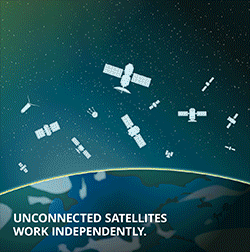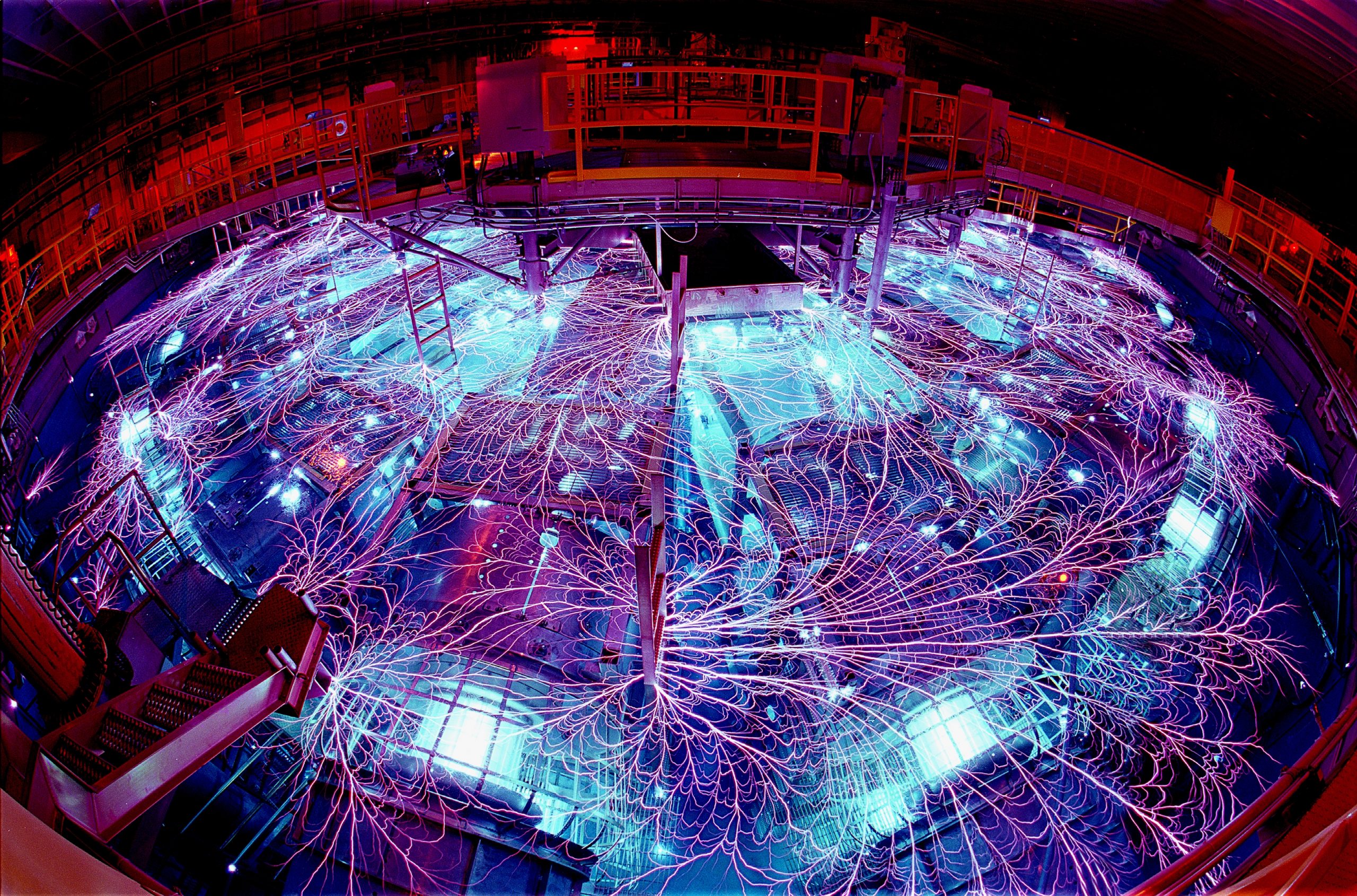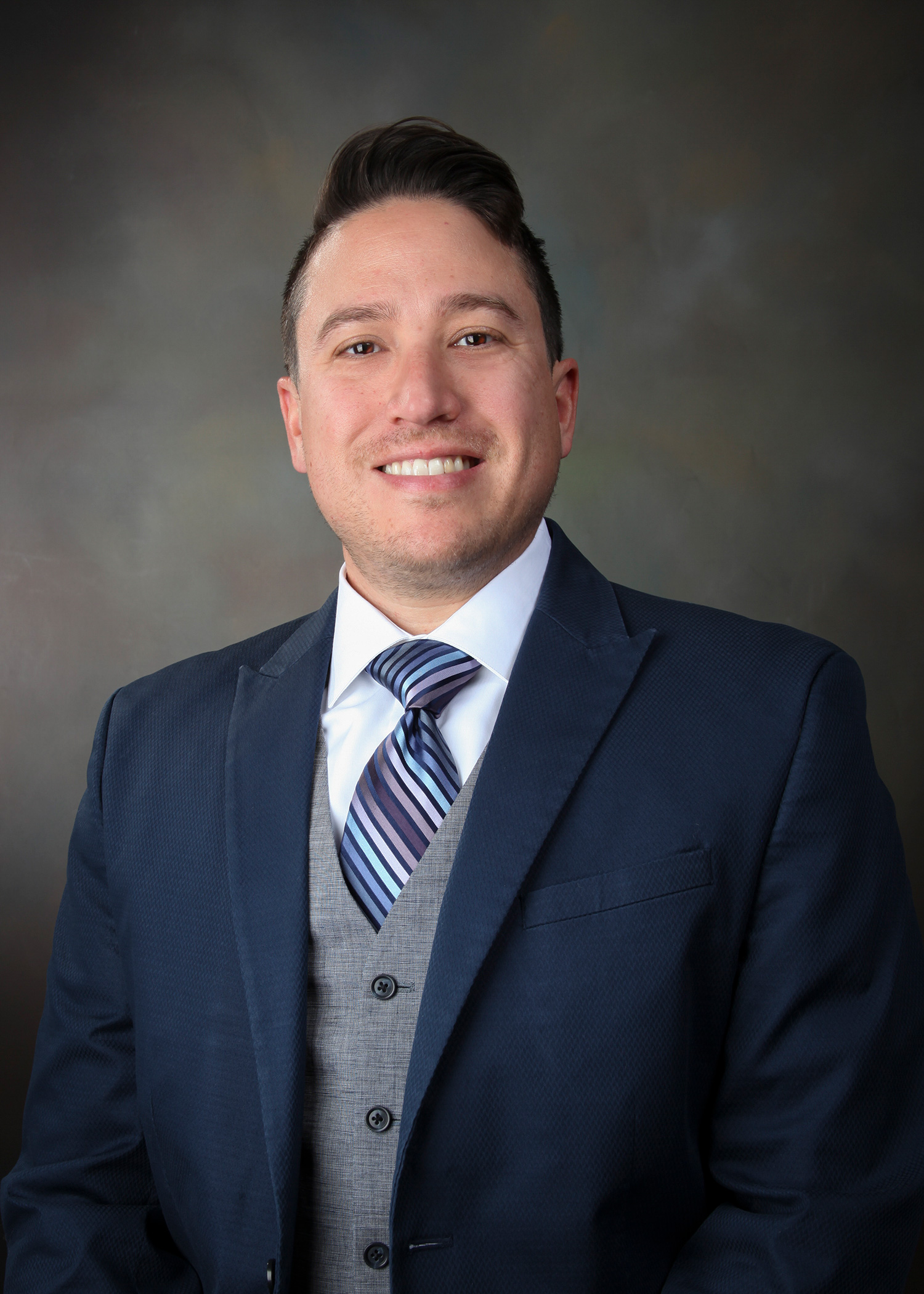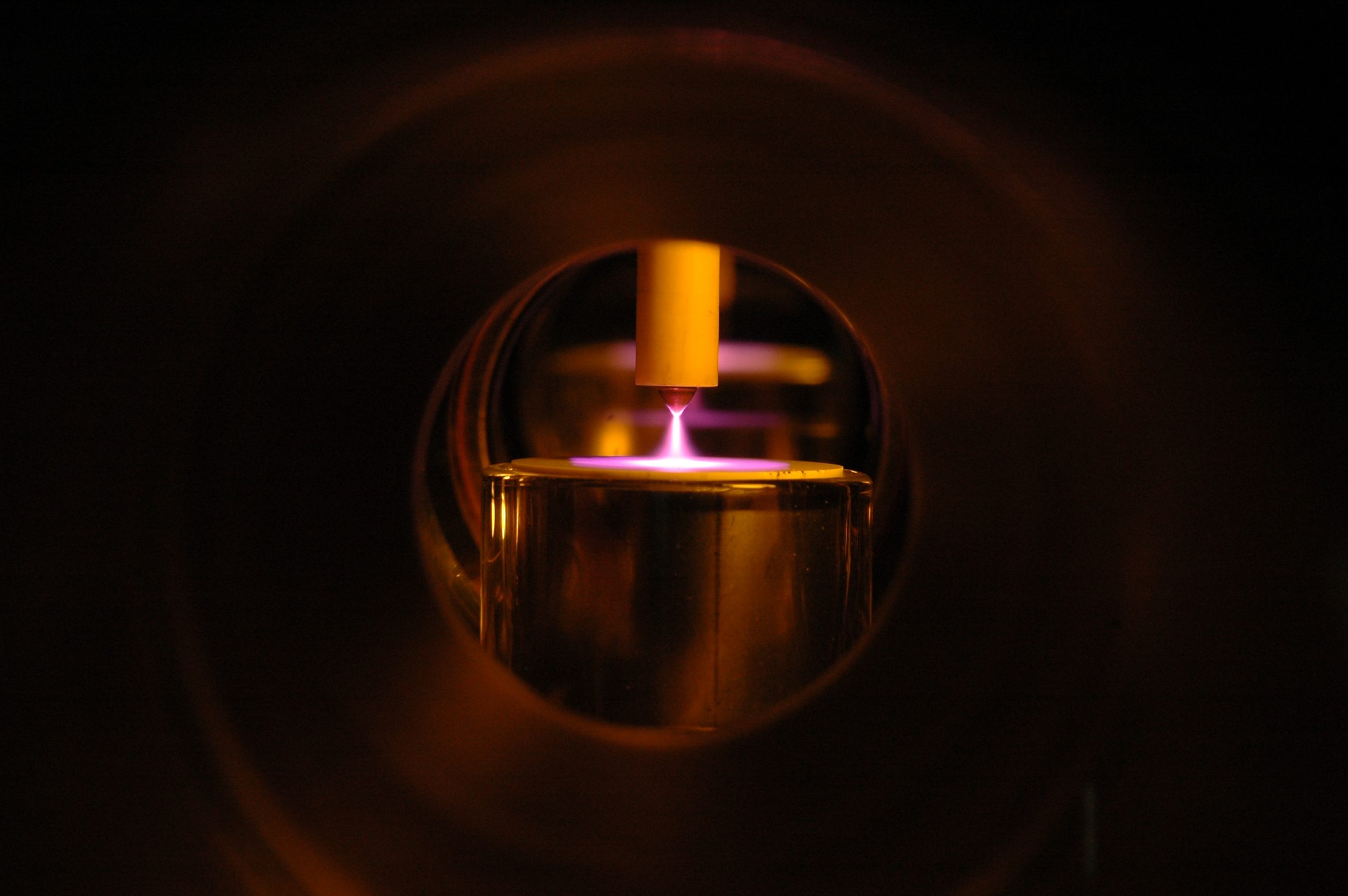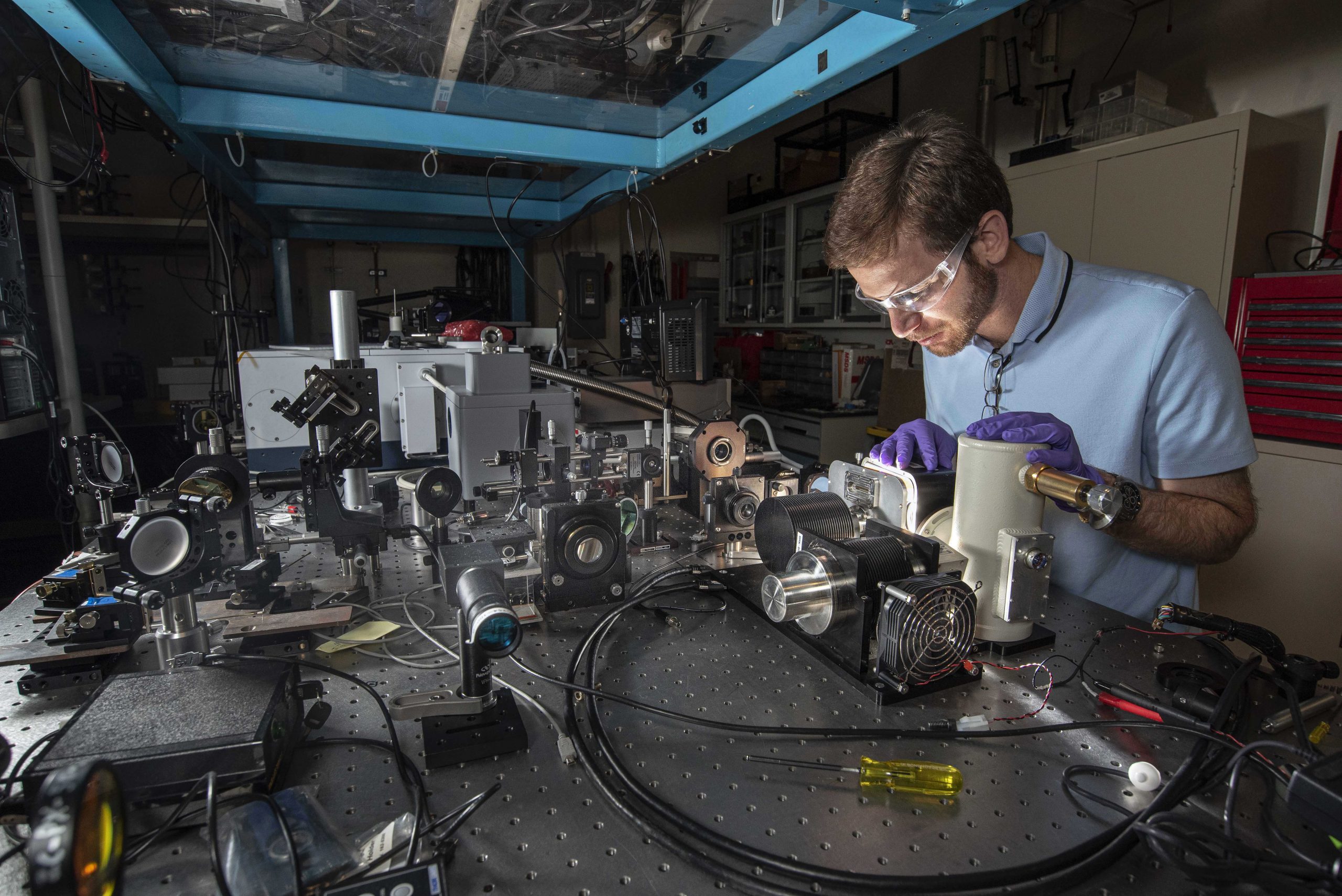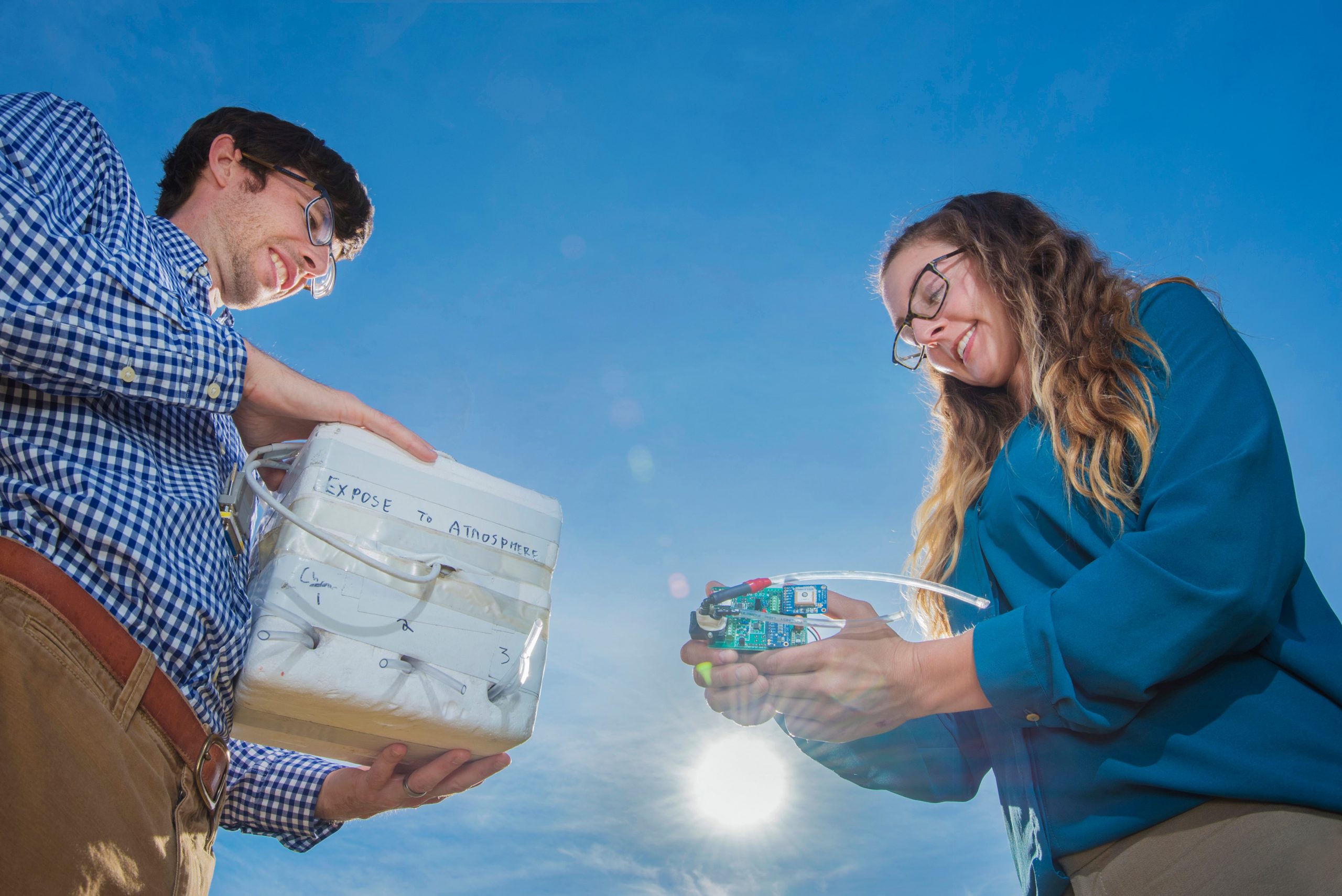September 22, 2025 • The Global Burst Detection system, developed by Sandia and Los Alamos national laboratories, carries a suite of sensors and instruments capable of identifying signals from nuclear detonations and providing real-time information to the U.S. military and government.




